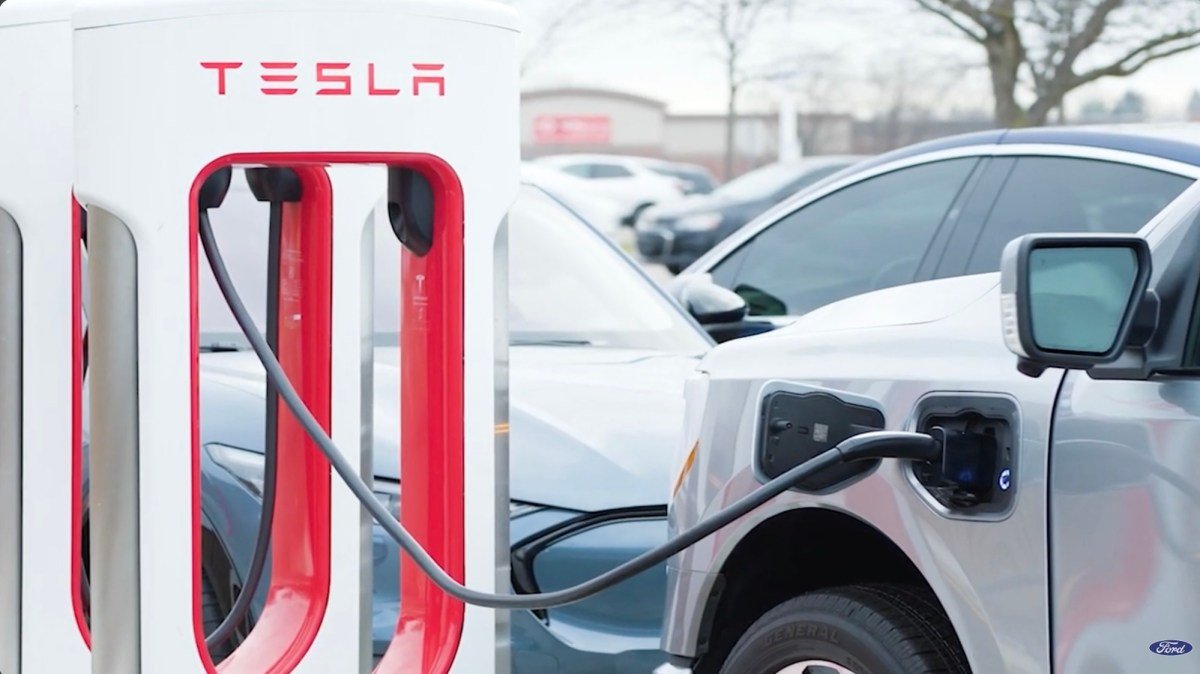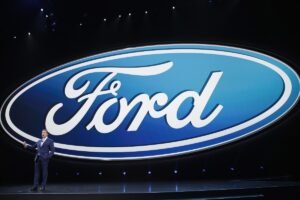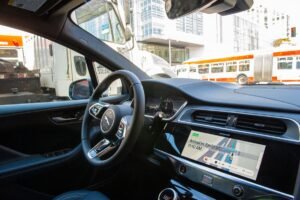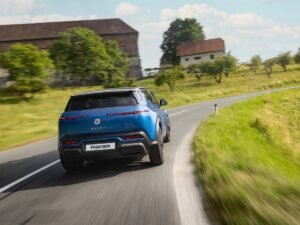In a groundbreaking deal between Ford and Tesla, owners of Ford EVs can now access over 15,000 Tesla superchargers scattered across the United States and Canada. This landmark partnership, struck just nine months ago, is set to create ripples throughout the entire automotive industry.
New and existing Ford EV owners can receive a complimentary adapter to access Tesla’s rapid charging stalls, but must be enrolled in Ford’s BlueOval Charge Network and order the adapter by June 30, 2024 from Ford.com/FastChargingAdapter. For future Ford EV customers, the adapter will be available for purchase at $230.
Tesla’s charging connector design and performance has been considered superior to the existing Combined Charging System connectors.
Until recently, Tesla was the only automaker using its own proprietary plugs and connectors, combined with a vast network of “Superchargers” spanning interstates, highways, and major corridors. Compatible with both AC and DC charging, the Tesla charging connector offers up to 1 MW of power, making it the preferred choice for many drivers.
In November 2022, Tesla surprised the industry by advocating for its charging standard to become the new norm. The company even went as far as calling it the North American Charging Standard (NACS) and offered to share its design with other automakers and charging network operators. Despite initial skepticism, Tesla’s bold move ultimately paved the way for Ford to strike a deal with them just six months later.
However, this agreement between Ford and Tesla goes beyond just providing access to Tesla’s Superchargers through an adapter. It also includes plans for Ford’s next-generation EVs to feature a Tesla charge port by 2025. This new lineup will include an electric truck and a three-row SUV, marking a significant step forward for Ford in the EV market.
Ford was quickly joined by GM in adopting Tesla’s charging technology. This led to a domino effect, with many other third-party EV charging companies and automakers jumping on board. This included Hyundai, Kia, Toyota, VW Group brands like Porsche, Audi, and Volkswagen, and eventually, Stellantis.
Within just nine months, every major automaker selling vehicles in the United States has agreed to adopt the Tesla charging standard. This revolutionary adoption of a single standard is set to be implemented in the next-generation vehicles of many of these companies, forever transforming the EV market.
However, this rapid adoption does pose a potential challenge for Tesla. As new industry players join their network, Tesla may face increased demand and competition for their charging network. Ford executives have acknowledged this concern and are taking steps to educate their customers on how to find, access, and utilize Tesla’s superchargers with the same ease as Tesla owners.
One of the key differentiators between Tesla and its competitors is the ability for Tesla owners to effortlessly park and plug in, without the need for a credit card or payment app. Ford plans to address this by allowing customers enrolled in the BlueOval Charge Network to pay through their FordPass App or a Charge Assist App found on the vehicle’s touchscreen.
With this groundbreaking partnership between Ford and Tesla, the future of EV charging is being reshaped. As the industry shifts towards a single standard, Tesla’s pioneering efforts are finally being recognized and embraced.








